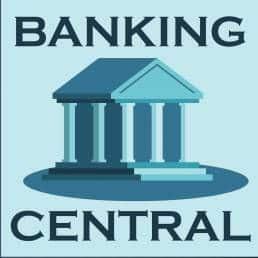



Bank lending to commercial real estate is on the rise. In the 12 months ended June 2024, these loans have grown 41 percent, taking the total disbursement to Rs 4.8 lakh crore, as against a 12 percent growth a year back. But what's driving this growth?
There are a few reasons, including the higher demand for office leasing and increasing presence of real estate investment trusts. There is also a redeployment of resources strategy at play as banks typically perceive such loans as safe in good times. Typically, a top-rated developer can get below 10 percent rate of interest on such loans.

Banks lend to developers for construction of properties that are leased out or sold to investors. Since commercial real estate is a sensitive exposure, as per RBI norms, banks must set aside higher capital as provisions. The banks lend to commercial real estate through non-banking finance companies as well.
For NBFCs, these loans are often risky compared with banks, which have access to cheaper deposits. A single day of non-payment after the 90-days cycle is treated as bad loan, triggering NPA classification and making incremental lending difficult.
Probably that explains why in the first quarter of financial year 2025, IIFL Finance Ltd transferred Rs 575 crore of stressed commercial real estate loans in six accounts to an asset reconstruction company (ARC). "Unlike banks, we can’t use debt service reserve account (DSRA) and therefore, these exposures are better managed through the ARC structure.” IIFL Chairman Nirmal Jain said in an analyst call.
For banks, another reason for the aggression in large-value CRE segment could be that there isn’t much race to chase retail loans at this point following the RBI clampdown in late last year.

The regulator’s warnings have forced most banks and non-banks to go slow on such loans. Lending to the services sector too has slowed considerably in the last 12 months to 17.4 percent from 26.8 percent a year back.
While the robust rental demand from the segment gives an opportunity to the lenders to deploy credit, such fast-paced growth in a short period of time could eventually backfire on them in the event of a downturn. In the period following the global financial crisis (GFC) as easy money flooded the markets, banks lent carelessly across segments. This led to a spike in bad loans in the following years.
Capital market, real estate and commodities are treated as sensitive sectors because of the inherent risks in fluctuation in prices. Falling property prices, rental demand and economic slowdown could hurt commercial property cash flows.
It makes sense for banks to exercise caution drawing learnings from the post GFC period NPA shocks.
(Banking Central is a weekly column that keeps a close watch and connects the dots about the sector's most important events for readers.)
Discover the latest Business News, Sensex, and Nifty updates. Obtain Personal Finance insights, tax queries, and expert opinions on Moneycontrol or download the Moneycontrol App to stay updated!
Find the best of Al News in one place, specially curated for you every weekend.
Stay on top of the latest tech trends and biggest startup news.